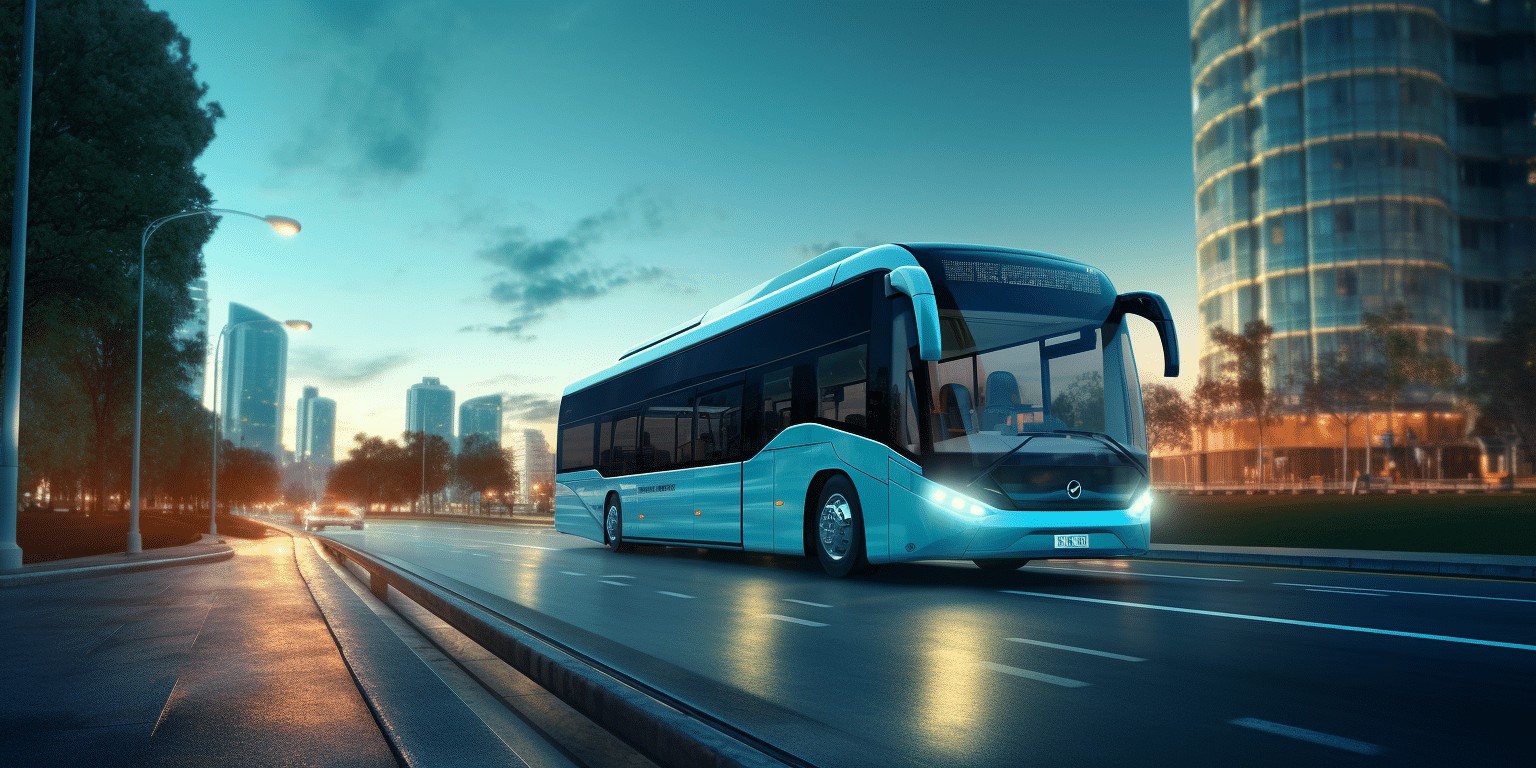In the realm of transportation, safety is paramount. As buses traverse busy streets and highways, the integration of cutting-edge technology has become a crucial factor in ensuring the well-being of passengers and drivers alike. Technological advancements have revolutionized the landscape of bus safety, introducing innovative solutions that go beyond traditional measures. This blog explores the multifaceted role that technology plays in enhancing bus safety and how these advancements contribute to creating a secure travel environment.
Smart Collision Avoidance Systems
One of the cornerstones of modern bus safety is the implementation of Smart Collision Avoidance Systems. These systems leverage sensors, cameras, and radar technologies to monitor the surroundings of the bus in real-time. By doing so, they can detect potential collisions with other vehicles, pedestrians, or obstacles. In the event of an imminent threat, these systems can trigger automatic braking or provide alerts to the driver, mitigating the risk of accidents caused by human error or unexpected road conditions.
Telematics for Proactive Maintenance
Telematics, a technology that integrates telecommunications and informatics, has become instrumental in proactive maintenance strategies for buses. Through real-time monitoring of a bus’s performance and condition, telematics enables fleet managers to identify potential issues before they escalate into safety hazards. From engine diagnostics to tracking fuel efficiency, telematics empowers operators to maintain their fleets in optimal condition, reducing the likelihood of mechanical failures that could compromise safety.
Intelligent Transportation Systems (ITS)
Intelligent Transportation Systems (ITS) represent a comprehensive approach to improving the efficiency and safety of bus operations. These systems utilize advanced communication technologies to connect buses with traffic management centers. In turn, this connectivity enables real-time traffic monitoring, dynamic route adjustments, and the coordination of traffic signals. By optimizing bus routes and minimizing congestion, ITS enhances efficiency and contributes to a safer and smoother travel experience for passengers.
Driver Monitoring Systems
The human factor remains integral to bus safety, and technology has stepped in with Driver Monitoring Systems (DMS) to address this aspect. DMS employs facial recognition, eye-tracking, and other sensors to monitor the driver’s behavior and attentiveness. In the event of signs of fatigue or distraction, the system can issue alerts to the driver or, in more advanced setups, trigger interventions like vibrating seats or audible warnings. This proactive approach helps prevent accidents caused by driver fatigue, a common contributor to road incidents.
Enhanced Emergency Response Systems
In times of crisis, swift and effective emergency response is paramount. Technology has significantly improved the capabilities of bus emergency response systems. GPS tracking and communication tools enable quick identification of the bus’s location in the event of an accident. Moreover, automatic emergency notification systems can alert emergency services promptly, expediting their response and potentially reducing the severity of injuries.
Predictive Analytics for Accident Prevention
Predictive analytics has emerged as a powerful tool for accident prevention in bus safety. By analyzing historical data, weather conditions, and traffic patterns, predictive analytics can identify potential risk factors. This foresight allows operators to take proactive measures such as adjusting routes, rescheduling trips, or implementing additional safety measures, thereby minimizing the likelihood of accidents before they occur.
However, even with these advancements, unforeseen circumstances can lead to bus accidents. As mentioned by the bus accident attorneys in Chicago, there is only so much that can be done to prevent accidents. After all, that’s what most bus accidents are, just accidents. So all we can do is strive to help prevent them, monitor them, and reduce injuries, damages, and casualties.
Published by: Martin De Juan







